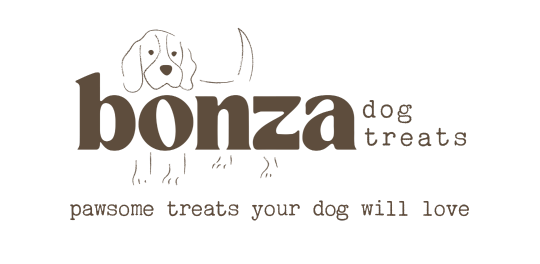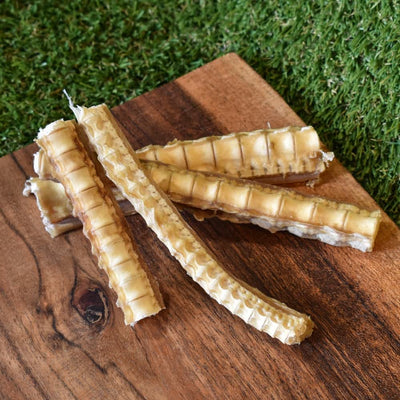When it comes to dog dental care, there’s no shortage of “dental sticks” lining the shelves. Many promise sparkling teeth and fresh breath, but if you check the ingredients list, they often contain fillers, artificial colours, and things your dog doesn’t need.
The truth? Natural chews usually do a far better job – and your dog enjoys them more. In this post, we’ll explain what makes a good dental chew, the role texture plays, and which natural treats can genuinely help your dog’s teeth and gums.
1. What Makes a Good Dental Chew?
A good dental chew isn’t about fancy packaging – it’s about how it works in your dog’s mouth. The best chews are:
- Abrasive enough to rub away plaque as your dog gnaws.
- Long-lasting, so your dog spends time chewing rather than gulping.
- Digestible, to avoid tummy upsets.
- Natural, with no artificial flavours, colours, or preservatives.
Unlike processed “dental sticks,” natural chews don’t rely on added chemicals. They clean teeth through mechanical action – scraping, crunching, and grinding.
2. The Role of Texture & Density
Texture is everything when it comes to dental health.
- Softer chews (like fish twists and pork pizzle) help scrape plaque and are easy on sensitive mouths.
- Medium-density chews (bully sticks, tendons, ears) offer longer chewing time, giving gums a workout and reducing tartar buildup.
- Harder chews (roo tails, goat horns, Himalayan milk chews) provide serious abrasion for power chewers.
Matching the chew’s density to your dog’s chewing style keeps them safe and makes sure the chew is doing its job.
3. Our Top Natural Chews for Clean Teeth
At Bonza, we’ve seen firsthand how effective natural chews can be. Some customer favourites for dental care include:
- Bully sticks – Fully digestible, tough enough to last, available in a wide range of sizes and proteins, and excellent for scraping teeth.
- Shark cartilage – Low fat, great for most dogs.
- Goat horns – A durable option for heavy chewers, plus they last ages.
- Ears with fur – The fur provides natural fibre while the chewing action helps clean teeth.
- Lumbar – Kangaroo and emu lumbar both provide a great dental workout.
If you’re not sure where to start, our Variety Packs make it easy to try different textures and find what your dog enjoys most.
4. Supervision & Safety Tips
Even with natural chews, supervision is key. A few quick tips:
- Always monitor your dog when introducing a new chew.
- Remove small pieces that could pose a choking hazard.
- Make sure fresh water is available, especially with longer chewing sessions.
- Introduce new chews gradually to avoid tummy upsets.
These simple steps help keep chew time safe and enjoyable.
5. How Often to Offer Dental Treats
For most dogs, 2–3 natural chews per week is a good routine for dental maintenance. Power chewers may benefit from more frequent chewing, while lighter chewers might need less.
The key is consistency – regular chewing keeps plaque under control. Pair it with annual vet check-ups, and you’ll be giving your dog the best chance of lifelong dental health.
Final Woof
Forget the flashy green sticks – natural chews are simpler, safer, and far more effective. By choosing chews based on texture, density, and your dog’s needs, you’ll support dental hygiene and give your pup a treat they’ll truly enjoy.
Clean teeth, healthy gums, and a wagging tail – that’s the real dental win.







